Customers decide in seconds; a display either grabs them or loses them. Pain: lost sales; agitation: cluttered shelves; solution: strategic design.
A good display combines clear purpose, eye-level impact, sturdy structure, consistent branding, and intuitive product flow that guides shoppers from curiosity to purchase within seconds.
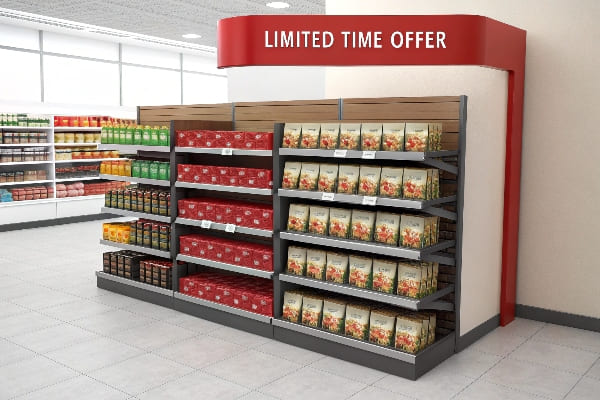
Even the best product disappears in visual noise. Keep reading and I will show how I build cardboard displays that stop shoppers dead in their tracks and keep my reorder pipeline full.
How do you make a good display?
Stores overflow with stimuli, so a weak display gets ignored. Pain: wasted rent; agitation: disappointed buyers; solution: practical planning and rapid prototyping.
Start with a single goal, design around shopper flow, test strength early, refine graphics for one-second comprehension, and iterate until the display survives handling and sells product.
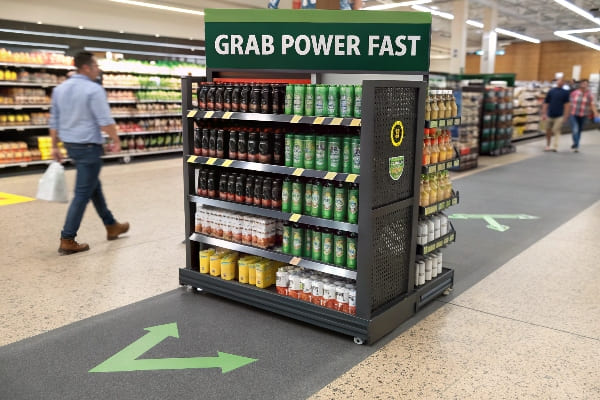
My Checklist When I Start a Project
I sit with the client and write one sentence: “This display must make hunters notice the new crossbow bolts1 by aisle three.” With that anchor I draft sketches, build a white sample overnight, and let my engineers try to break it. If they fail, I know shoppers will not. Then the graphic team shrinks text, boosts the hero image, and stamps the brand color on every visible edge. Because cardboard lets me pivot fast, I can show David from Barnett three revisions in a single week.
From Idea to Floor – A Simple Path
| Stage | Key Action | My Rule of Thumb |
|---|---|---|
| Goal Definition | Write one plain sentence | If it feels fuzzy, redo it |
| Structural Design | Build white sample | Must survive 5× product weight |
| Artwork | Use one hero image | Replace text with icons |
| Prototype Testing | Drop, shake, forklift simulation | Zero tears allowed |
| Mass Production | Match sample materials exactly | QC photos every four hours |
My factory runs three lines, so I can cut, print, and glue simultaneously. That keeps the promise I give every buyer: “Approved today, on the water in eight days.” Speed springs from discipline, not shortcuts. When each step solves one problem, the final display sells without shouting.
What makes a display attractive?
Shoppers face decision fatigue, pain: mental overload; agitation: skipping good products; solution: instant visual clarity.
An attractive display delivers a single focal point, harmonious colors, balanced white space, and tidy product grouping that lets eyes relax and minds say “yes.”
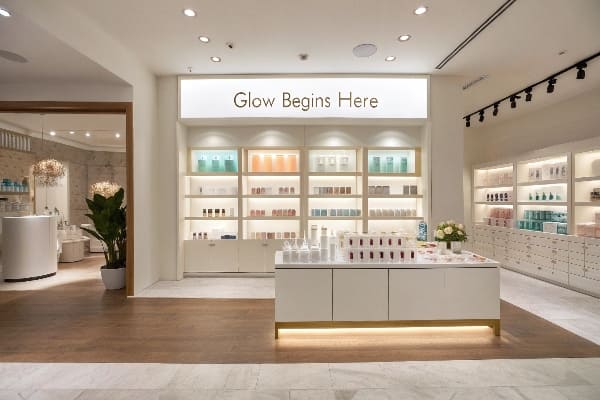
Visual Simplicity Beats Visual Noise
I once toured a chain that layered camo patterns over neon fonts—an eyesore that hid a great product. We stripped the palette to two earth tones plus a bold orange trigger. Sales jumped 28 % in the first month. The lesson: humans scan left-to-right, top-to-bottom. If color and contrast guide that path, attraction feels effortless.
Four Pillars of Attraction
| Pillar | Why It Works | Quick Test |
|---|---|---|
| Focal Point | Directs gaze instantly | Squint and see what’s brightest |
| Harmony | Reduces cognitive load2 | Count color families (< 3) |
| Rhythm | Repetition of shapes/lines | Step back five meters |
| Breathing Room | Highlights product prestige | 30 % empty space rule |
When I design for clubs in Texas, I add subtle wildlife silhouettes that echo the customer’s passion. They feel “understood” and linger longer. Attraction is empathy made visible.
What are the criteria of a good retail display?
Retailers lose margin when criteria are vague; pain: returns; agitation: reset labor; solution: clear metrics before launch.
Good retail displays meet objective criteria: structural integrity, brand consistency, planogram fit, replenishment ease, and measurable sales uplift versus control shelves.
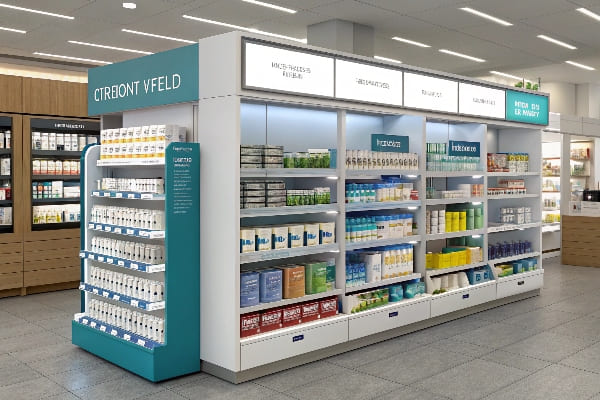
Turning Criteria Into Contracts
Before I cut board, I lock five numbers with the buyer: load in pounds3, footprint in inches, assembly time in minutes4, target weekly units, and allowed cost per piece5. Those numbers guard both sides from surprises. My QC team signs the same sheet; accountability travels from office to glue line.
Metrics That Matter Most
| Criterion | Target | Verification Method |
|---|---|---|
| Load Capacity | 4× product weight | ASTM compression test |
| Footprint Accuracy | ±1/8 inch | Digital caliper check |
| Assembly Time | < 2 minutes, no tools | Time-lapse video |
| Graphic Fidelity | ΔE < 2 color variance | Spectrophotometer reading |
| Sell-through Uplift | +15 % over shelf baseline | POS data four weeks |
Meeting criteria turns a display from art into a profit engine. Retailers re-order because the numbers prove the story.
What is an effective display?
Ineffective displays waste space, pain: opportunity cost; agitation: markdowns; solution: link display to shopper behavior and store KPIs.
An effective display converts traffic into purchases by aligning design with shopper motives, store layout, and promotional timing, delivering repeatable sales gains and inventory turnover.
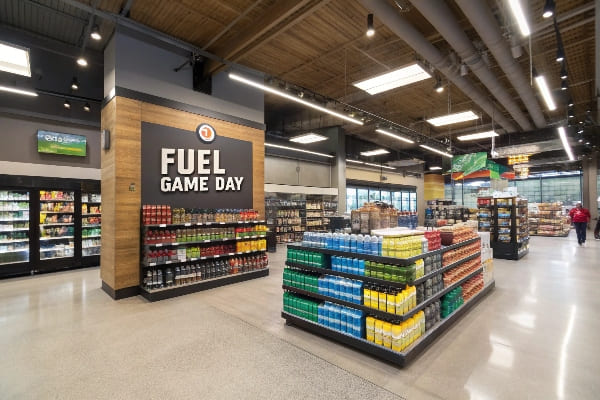
Behaviors Before Boards
When Barnett launched a faster crossbow6, hunters wanted proof. We built a display with a built-in speedometer demo. Shoppers pulled a lever, watched numbers spin, and trusted the claim. That tactile cue7 tripled dwell time and doubled attachment of bolt sales.
Dimensions of Effectiveness
| Dimension | Shopper Impact | Measurement Tool |
|---|---|---|
| Engagement | Touch, try, test | Motion sensor counts |
| Education | Clear benefit explanation | Survey recall rate |
| Conversion | Units scanned at POS | Sales log |
| Replenishment | Easy restock without teardown | Employee time study |
| Durability | Looks fresh through promotion | Damage tickets per week |
Effectiveness rests on observing how real people act, then baking those insights into cardboard, ink, and die-cuts.
What makes a good display case?
High-value items need protection; pain: theft; agitation: fingerprints; solution: secure yet inviting cases.
A good display case blends clear sightlines, controlled access, stable environment, and complementary lighting that enhances product detail without glare.
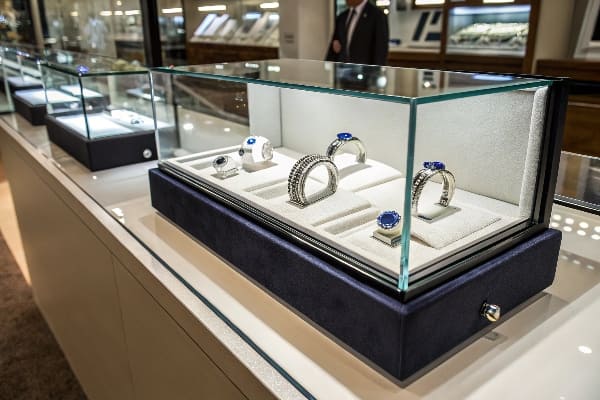
From Cardboard to Acrylic: My Hybrid Approach
Though my core is corrugated, I partner with an acrylic supplier8 for premium gear. We mount thin acrylic windows onto reinforced board, slashing freight weight by 40 % while keeping security. Barnett used this hybrid to show limited-edition scopes; the perceived value rose even before customers opened the door.
Elements of a Winning Case
| Element | Benefit | Practical Tip |
|---|---|---|
| Optical Clarity9 | True color view | Use anti-reflective coating |
| Locking Mechanism10 | Prevents shrinkage | Choose cam locks, keyed alike |
| Ventilation | Avoids moisture damage | Micro vents at rear corners |
| Modular Shelves | Adapt to SKU changes | Peg holes every 1 inch |
| Accent Lighting | Highlights features | 4000 K LEDs above and below |
A display case should feel like a museum but open like a toolbox—secure, yet serviceable within seconds.
What is the important of retail display?
Poor displays equal silent salespeople; pain: unsold stock; agitation: price cuts; solution: invest in visual merchandising.
Retail display is vital because it speaks for the product when staff cannot, drives brand recognition, and directly influences impulse buying and long-term loyalty.
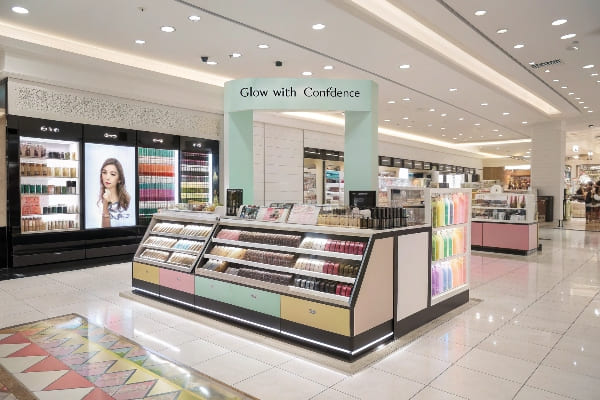
Why I Treat Displays as Hired Staff
My father taught me: “Every square foot must pay rent.” A display that stops no one is like an employee who naps. When I design, I picture the cardboard saying, “Try me.” If it cannot talk, I redesign. That simple mindset lets me forecast ROI11: divide display cost by extra gross margin; if payback exceeds four weeks, fix the concept.
Impact Areas and ROI
| Impact Area | Observable Effect | ROI Lever |
|---|---|---|
| Brand Equity12 | Consistent visuals build trust | Logo placement rule of thirds |
| Basket Size | Bundles boost average ticket | Vertical product stacking |
| Inventory Turn | Faster sell-through frees cash | Real-time restock alerts |
| Shopper Journey13 | Smooth navigation reduces dropout | End-cap to checkout flow |
| Data Insights | Sensors inform future designs | Heat-map tracking |
A strong display hires itself, trains itself, and never asks for a day off.
Conclusion
Clear goals, simple visuals, strict metrics, and empathy for the shopper turn cardboard and ink into silent sales champions.
Explore this link to discover top-rated crossbow bolts that enhance your hunting experience and performance. ↩
This link will provide insights into managing cognitive load for better design outcomes, crucial for effective communication. ↩
Understanding load capacity is crucial for ensuring product safety and performance. Explore this link to learn more about its significance. ↩
Assembly time directly impacts production efficiency and cost. Discover insights on optimizing this metric for better results. ↩
The allowed cost per piece is vital for profitability. Learn about the factors that affect this cost and how to manage them effectively. ↩
Explore the advantages of faster crossbows to enhance your hunting experience and improve your skills. ↩
Understanding tactile cues can help you design better retail experiences that engage customers effectively. ↩
Explore how partnering with an acrylic supplier can enhance your display case designs and improve overall quality. ↩
Understanding optical clarity can help you choose the right materials for showcasing your items effectively. ↩
Learn about different locking mechanisms to ensure the security and integrity of your display items. ↩
Understanding ROI in retail displays can help you optimize your strategies for better sales and customer engagement. ↩
Exploring brand equity can reveal how consistent visuals enhance trust and customer loyalty, crucial for effective displays. ↩
Learning about shopper journey optimization can improve customer experience and increase sales through effective display strategies. ↩

